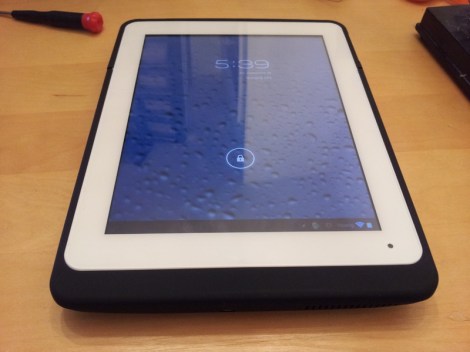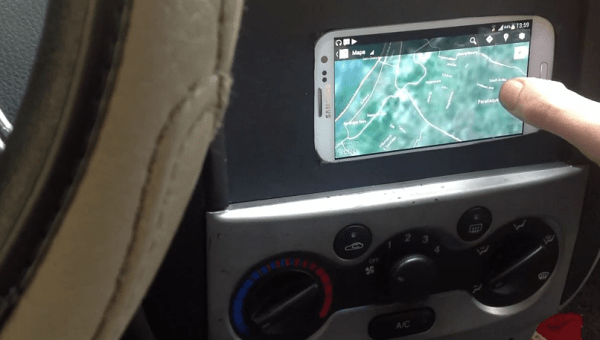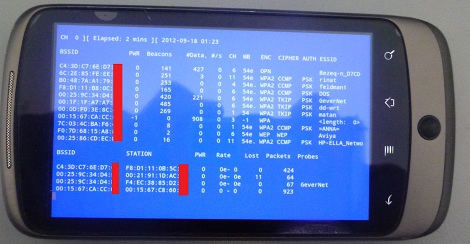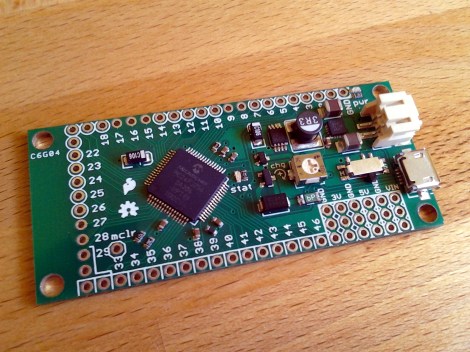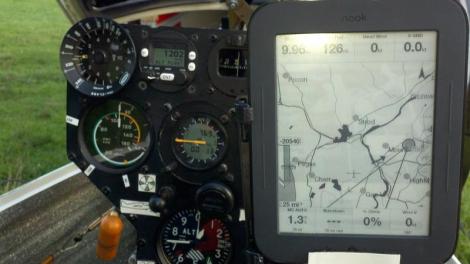
Look at the beautiful screen on that Nook Simple Touch. It has a lot of advantages over other hardware when used as a glider computer running the open source XCSoar software. The contrast of the display is excellent when compared to an LCD or AOMLED. That’s quite important as gliding through the wild blue yonder often includes intense sunlight. The display is also larger than many of the Android devices that have been used for this purpose. There are a few drawbacks though. One is that unlike other Android devices, this doesn’t have a GPS module built into it. But the price point makes up for the fact that you need to source an external module yourself.
This isn’t the first time we’ve seen the device used as a navigational display. This other hack put a simple touch on a sailboat for the same direct-sunlight-readability reason. For $100, and with the ability to root the system for use as an Android device, we expect to see this to keep popping up all over the place as a simple interface for a multitude of projects.
After the break you can see a video comparing the software running on a Nook display to one on a Dell Streak 5 LCD tablet.


